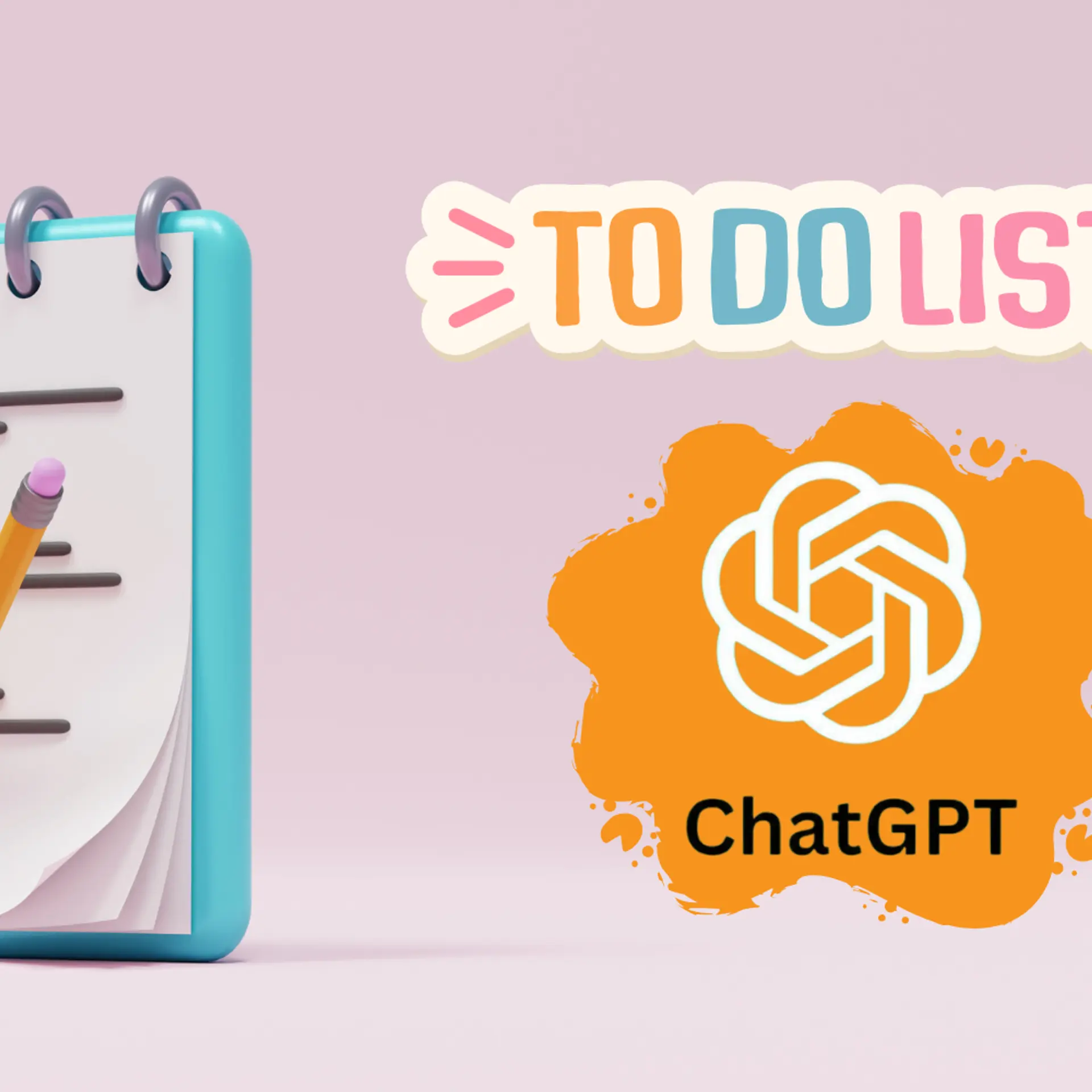Are chatbots making jobs redundant?

Technology has always been an enabler of progress, from empowering the market to easing the lives of mankind. It’s tenacity in being the “most talked about” segment doesn’t seem to fade as new innovations are set to make the world look at wonderment, with the wave being carried on the capable shoulders of chatbots.
What are chatbots, if you may ask? “Chatbot is a computer program powered by artificial intelligence and machine learning, which performs a set of functionalities as per the user instructions by recognizing speech and data”. Apple’s Siri, Microsoft’s Cortana and Google’s Assistant are few of the most illustrious members of the chatbot role call and have contributed to the popularity. These simple modes of assistance are currently in rage with Facebook being the latest entrant in the bandwagon. The crux behind Facebook’s ‘Bot Engine’ lies in allowing companies to build their own chatbots for the Messenger App. This would provide organizations with a unique avenue to interact with their customers, winning them over to the side of loyalty. This removes the need for real-life executives/representatives to converse with audience, automating the mode of communication.
The use of machine learning & analytics
The basis of chatbots revives around machine learning through analytics. Generally, the deep learning techniques are based on either Retrieval Models using predefined responses or Generative Models which generate fresh responses. While retrieval models are considered on the ideal frame-they don’t make mistakes owing to a vast database of responses to choose from; they are unable to handle fresh cases where no response has been generated. On the other hand, Generative models are based on freshly minted queries and are hard to train. They are prone to trial and error, even though they are considered to be ‘smarter’, using machine translation techniques to translate from an input to output.
Business based bots generally follow the retrieval model as the starting point where a set of interaction rules have been defined by the developer as basic guidelines on treatment of inquiries. They further move towards amassing chat logs, taking advantage of the tool’s machine learning component to scan the information for recurring communications patterns. This will be then factored into the programming framework, combining the precision of artificial intelligence with the familiarity of voice recognition, to create a seamless union of complete automation.
The business transformation
Automation has been the key revenue driver in this era of advancement, with businesses gravitating towards the semantics of customer-centric messaging, to build on prolific connects. Hence, they are abundantly incorporating chatbots to empower their interactions. The CNN chat bot sends users’ news stories as snippets, which can be later addressed to in the form of requests. Facebook Messenger and Whatsapp sends over 60 Billion messages per day, an astounding feat considering that these are mere programmes designed to serve. Market heavyweights such as Google, Microsoft and Facebook are extolling eloquent praises on this technology. This open armed reception has lead to dramatic cost reductions as well as finding an ally in mobile technology development, to increase its reach.
Here’s how chatbots are impacting business:
- Chatbots for e-commerce
- Chatbots are revolutionizing the conversation that occurs between a shopper and his search patterns. The chatbot assesses the shopping patterns of the customer to cull out similar trends while saving interests and filtering recommendations for smarter and personalized shopping experience. Chatbots provide assistance with discount codes, shipping information, and out of stock items. This creates a loyalty factor within operations, creating an inimitable experience.
- Chatbots for customer care
- Chatbots come armed with the potential to replace the existing conventional BPO or Call Center jobs/systems with their automated mechanism. They meticulously sop up human interaction and assimilate the same for further queries, based on the patterns. They are programmed to self detect the solutions, solving basic concerns automatically, free from human intervention.
- Chatbots in job perspective
- When it comes to job automation, chatbots have a bracing predicament- making most of the jobs redundant. According to a recent Forrester research, AI will push out 17 percent of total US workforce in next few years. Yet, the same report also states that 10 percent new jobs will be created in domain of AI.Truth is, every technical revolution plays a key role in making many jobs redundant, while at the same time, generating newer jobs, similar to that of the industrial revolution. History has shown that although automation has replaced humans in certain job types like manufacturing, it hasn’t dented overall unemployment levels. In other words, when technology renders our roles obsolete, we apply our talents in fresh ways and new jobs are born.
The net result is an overall upward shift for the working class, in terms of skills and quality of jobs. However, there would be a slack period where more jobs will be lost as compared to the new ones being created. Domains like accounting, legal, healthcare, BPO are likely to be affected the most, while cheap manpower in India can last longer before being replaced by chatbots. These positives clearly point towards a welcoming trend in jobs being enhanced through technology.
(Disclaimer: The views and opinions expressed in this article are those of the author and do not necessarily reflect the views of YourStory.)







